Nature Walk through History: Ten Famous Trees of NYC
"If there was only one tree like that in the world, you would think it was beautiful. But because there are so many, you can't see how beautiful it really is." —A Tree Grows in Brooklyn by Betty Smith
The historic trees of New York City are some of our most venerable and impressive landmarks, literally forming the roots of our great city. So let's take a little nature walk to admire these living landmarks—some still standing and some that live on only in memory.
1. Peter Stuyvesant's Pear Tree
When Peter Stuyvesant arrived in what would become New York City more than 300 years ago, he brought something special with him—a pear tree sapling from Holland. The sapling and Peter Stuyvesant both flourished in their new home, and as the tree grew tall and mighty, he built a career as the last director-general of New Amsterdam. Under British control, this land was renamed New York, and the tree continued to flourish on the corner of East 13th Street and 3rd Avenue in the East Village. Two hundred years after the pear's tree journey to America, it was struck and killed in a carriage accident. While the tree is no longer standing, a plaque remains to tell its story. The memory of the pear tree endures, and if you make a visit to the New York Historical Society, you can still see a preserved section of the trunk.
2. Hangman's Elm of Washington Square Park
Thought by the New York City Parks Department to be New York City's oldest tree, many have walked past the towering Elm in Washington Square Park, blissfully unaware of the tree's grim origins. The Hangman's Elm earned its gruesome nickname because it was rumored that the tree was used for hangings during the American Revolution. While this story can't be confirmed, it is true that Washington Square Park was the site for a potter's field—a burial ground for the unclaimed dead and the very poor. Many bodies are still buried beneath the park. One execution is known to have occurred on the site; nineteen year old Rose Butler was sentenced to death for setting fire to her mistress' house, and 10,000 spectators gathered to watch the sentence carried out. Dorothy Ripley, an itinerant preacher and writer, published an account of Rose Butler's hanging in 1819, as a series of pamphlets in opposition to the death penalty.
3. Camperdown Elm in Prospect Park
Gnarled like an ancient bonsai, with branches that spread parallel to the ground, the Camperdown Elm was left to decay despite its unique beauty. Planted in Prospect Park in 1872, the Elm was nearly lost to illness until the poet Marianne Moore took up the cause. It was memorialized forever in a poem by Moore, then one of America's foremost poets, who captured its uncommon loveliness. The imagery of the poem describes the "intricate pattern of its branches/arching high, curving low, in a mist of fine twigs." First published in The New Yorker in 1967, "The Camperdown Elm" served as a rallying cry to restore the neglected wonder. The organization Friends of Prospect Park was created to preserve and maintain the scenic beauty of the park, and the community was mobilized to protect its historic trees.
4. Survivor Tree at Ground Zero
This tree emerged from the ashes of the September 11, 2001 terrorist attacks. Amid the wreckage of the fallen Twin Towers, rescue workers discovered the bent and broken tree and transferred it to the loving care of the New York City Parks Department. There it stayed, growing stronger by the day, until it was ready to be moved back to the memorial at Ground Zero in 2010. The tree, a Callery Pear, is now fully rehabilitated, blossoming every spring in a cloud of white flowers as a powerful symbol of resilience and survival.

5. The Weeping Beech Tree in Flushing, Queens
What happens when one of New York's great trees dies? That was the question for the New York City Parks Commissioner when the Weeping Beech tree in Flushing Queens was taken off "life support" in 1999. The passing of the historic Weeping Beech was marked by a funeral held by the city, a fitting end for a 151-year-old tree said to be the progenitor of all weeping beeches in North America. One of only two living things to be landmarked in New York City, the second is the next on this list—the Bed Stuy Magnolia Grandiflora.
6. Magnolia Grandiflora in Bed Stuy, Brooklyn
Now 135 years old, it's hard to imagine anyone tearing down the towering Magnolia Grandiflora in Bed Stuy. However, the tree became dangerously close to being destroyed in 1968, when it was threatened to make way for an apartment complex. That's where Hattie Carthan comes in. A community activist and champion of her Bed Stuy neighborhood, Hattie had a history of environmental activism. When she heard the Magnolia was in danger, she rallied her neighbors and came to the rescue. Her efforts not only saved the tree, but the Magnolia became the second living thing designated by the City Landmarks Preservation Committee as a landmark, and the site nearby became the Magnolia Tree Earth Center of Bedford Stuyvesant Inc.
7. Madison Tree in Madison Square Park
In Madison Square Park, you can stand beneath a tree that once shaded the estate of the fourth president of the United States. The grand oak is one of the trees transported from the home of the father of the constitution, James Madison. The tree was presented to New York in celebration of the first centennial of Madison Avenue.
8. Buttonwood Tree
The Buttonwood tree lives on only in legend, as an important part of Wall Street's origin story. The story goes that the pioneers of the Stock Exchange would meet at the foot of a Buttonwood tree at 68 Wall Street, discussing rules to organize securities trading. Their discussions were later formalized as the Buttonwood Agreement, and it was signed by 24 stockbrokers. The guidelines outlined in the agreement formed the precursor to the New York Stock Exchange.

9. The Dinosaur of Washington Heights
Outlandishly outsized, the tree known as the Dinosaur comes as a massive surprise to any pedestrians or drivers who come across it. It towers over the nearby buildings, appearing like something transported from another land. It's now more than 300 years old, and rumored to have shaded George Washington during the Battle of Washington Heights.
10. Tree of Hope
The luckiest tree on this list, the Tree of Hope was a fixture on the corner of 131st Street and Adam Clayton Powell Boulevard. According to local legend, rubbing the tree brought good luck, so it became a can't-miss pit stop for artists and performers before going on stage. The tree is described in the New York Encyclopedia as a symbol of "the promise that many black artists found in Harlem." However, the tree became a victim to urban renewal and was cut down in 1934. But not all was lost when the tree was removed. A large section of the trunk was preserved and carries on as a good luck charm for the performers at its new home, the Apollo Theater.
Further reading:
- New York City Trees: A Field Guide for the Metropolitan Area
- Great Trees of New York City: A Guide
- Great Tree Walk Guide
- Tree Trails in Prospect Park
Read E-Books with SimplyE
 With your library card, it's easier than ever to choose from more than 300,000 e-books on SimplyE, The New York Public Library's free e-reader app. Gain access to digital resources for all ages, including e-books, audiobooks, databases, and more.
With your library card, it's easier than ever to choose from more than 300,000 e-books on SimplyE, The New York Public Library's free e-reader app. Gain access to digital resources for all ages, including e-books, audiobooks, databases, and more.
If you don’t have an NYPL library card, New York State residents can apply for a digital card online or through SimplyE (available on the App Store or Google Play).
Need more help? Read our guide to using SimplyE.
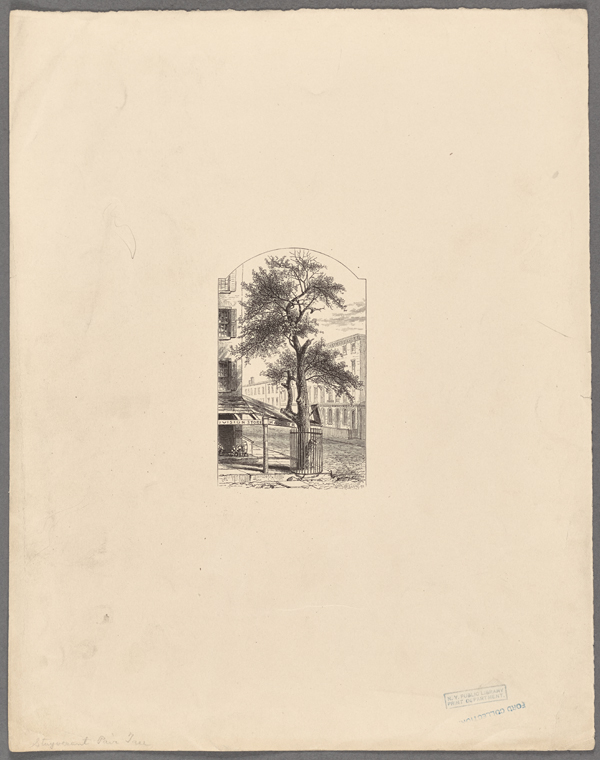
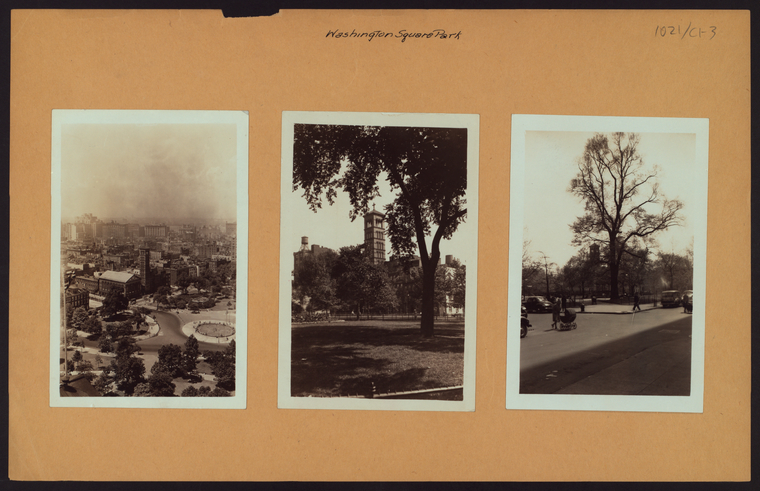
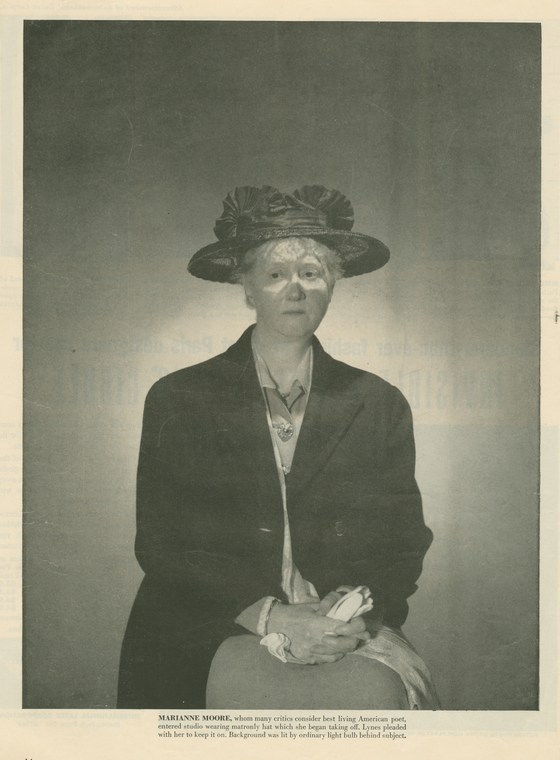
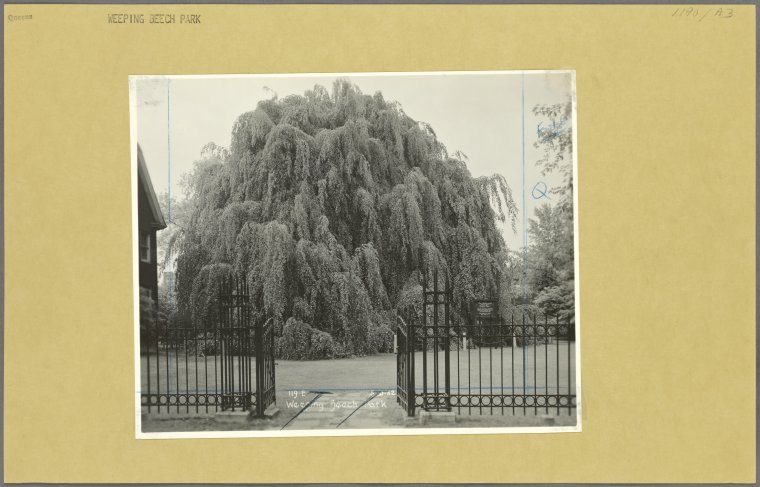
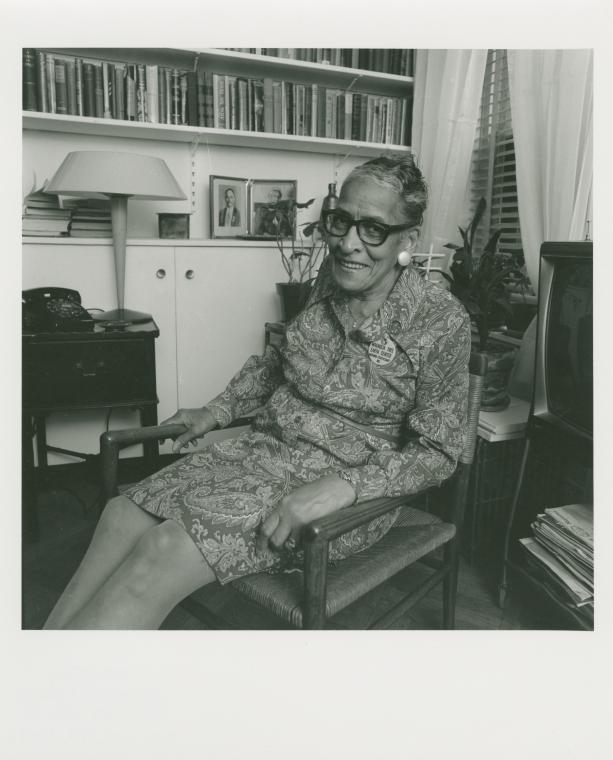
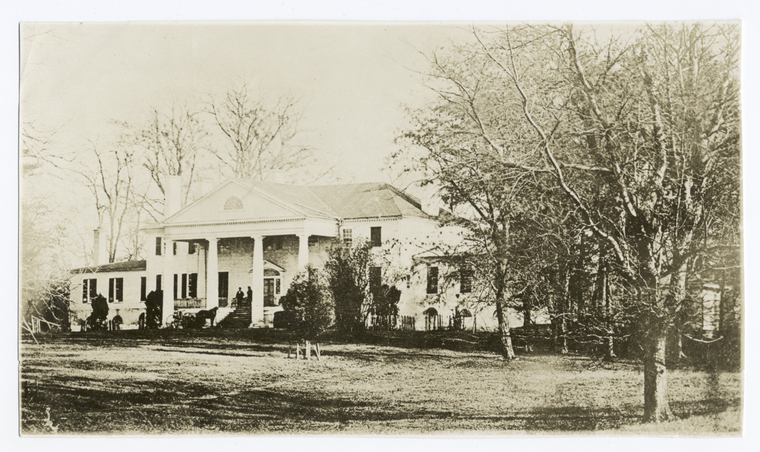
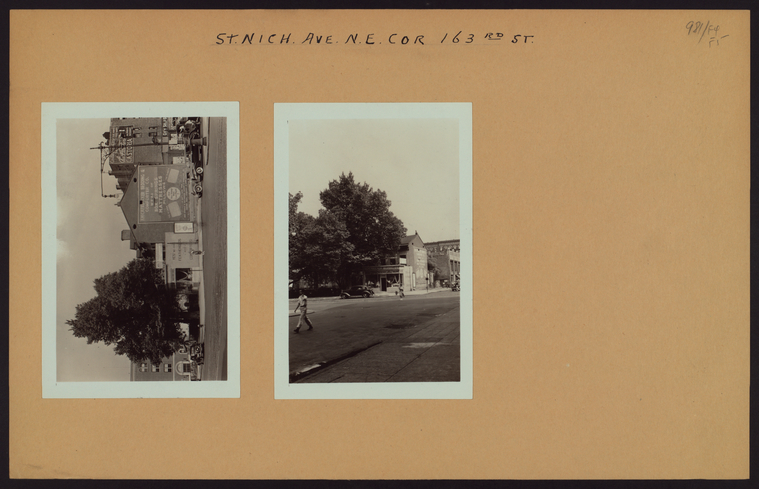

Comments
Re: Naming a tree in front of our home
Submitted by Rosalie F. Pinto (not verified) on May 18, 2020 - 12:53pm
NYC street tree identification
Submitted by Kate (not verified) on May 19, 2020 - 1:35pm
I would have like to see not
Submitted by Bonnie (not verified) on June 8, 2020 - 8:36am